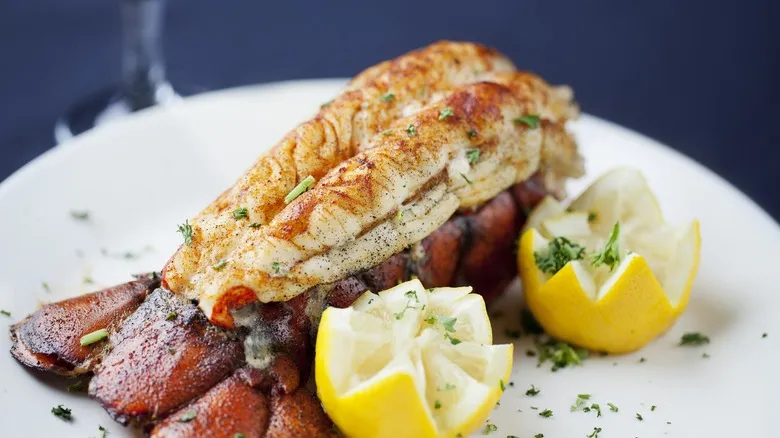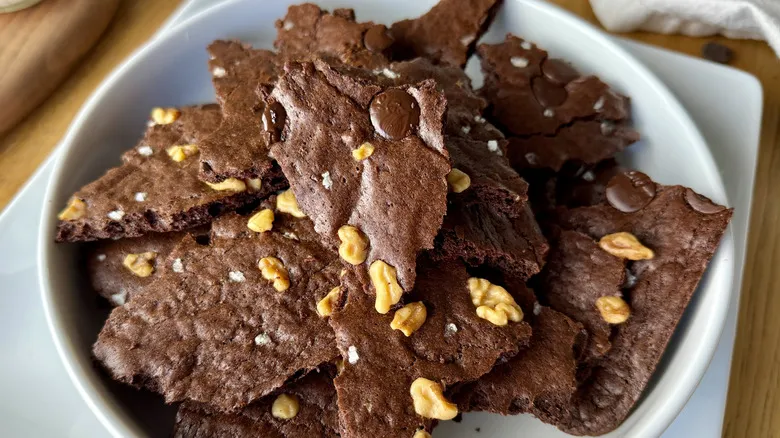Boil, steam, and poach cold water lobsters
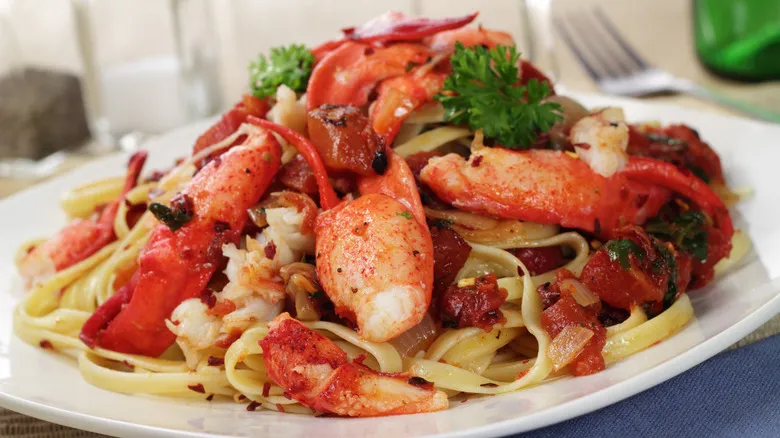
Ensure you have ample kitchen space to handle Maine lobsters from scratch, as they can be quite sizable, typically weighing between 1 to 4 pounds. These sweet and tender crustaceans offer various parts to cook, including the claws, tail, head, legs, and body.
Boiling is one of the most traditional and favored methods for preparing whole lobster. Plan for about eight minutes of cooking time for each pound of lobster, adding an additional five minutes for every extra pound. Some chefs prefer boiling in filtered seawater for its natural saltiness, but you can also use tap water with a generous amount of salt. Saltwater is also effective for steaming, where only a few inches of water are used to preserve the lobster's natural flavors. Expect a 1-pound lobster to take around 10 minutes to steam, with approximately 8 extra minutes for each additional pound.
Lobster is done cooking when its meat transitions from clear to white and reaches an internal temperature of 140 degrees Fahrenheit. To enhance the flavor, consider poaching your lobster in a mixture of white wine, lemon juice, and butter. You can also create a sauce using the poaching liquid.
Maine lobsters are ideal for the New England classic, the lobster roll. They pair wonderfully with sides like salad, roasted corn, and boiled or baked potatoes. Additionally, Maine lobsters complement Italian-American dishes beautifully, whether served as the main course or incorporated into a creamy risotto. You'll appreciate how dishes like lobster fra diavolo and linguine all'astice blend cold-water lobster with tomato and garlic.
Grill, broil, and spice up warm water lobsters
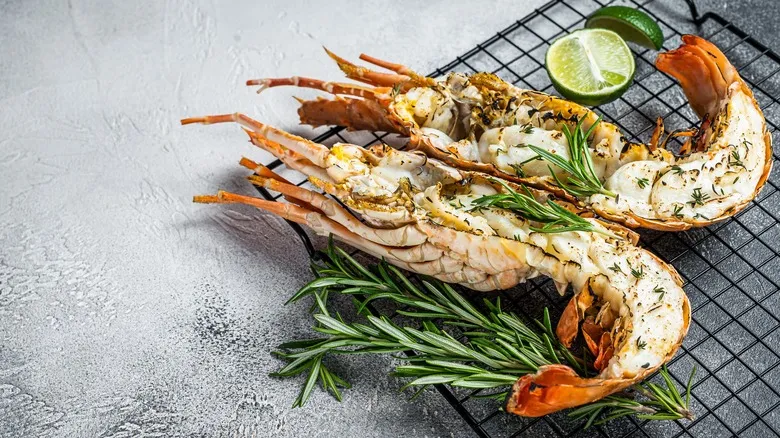
Warm-water lobsters are excellent for high-heat cooking. Start by butterflying the tails, then brush them with olive oil and melted butter before skewering them on the grill. To keep the grill busy, you can also roast some tomatoes, bell peppers, onions, and corn as a side of vegetables. However, before you ignite the grill, ensure it’s clean and coat the rack with cooking oil to enhance the flavor of your ingredients. You can follow similar steps for broiling spiny lobster tails, but be sure to place them in a broiler pan on the top rack of your oven. Season with salt and pepper, and add a garnish of parsley and chives. You can also brush them with a compound butter made from herbs and citrus, or sprinkle them with Old Bay for a spicy twist.
Spiny lobsters have a firmer texture and a sweet marine flavor that makes them perfect for incorporating into dishes where their subtly briny taste can be complemented by spices and sauces. They are commonly featured in Caribbean and Indian cuisines, which highlight seasonings like chadon beni, turmeric, cumin, and coriander. For example, you could prepare them in a rum-jerk sauce and serve alongside coconut rice or mango-jalapeño salsa. Consider using spiny lobsters the next time you make ceviche, a seafood boil, stew, or a jerk dish.
Recommended
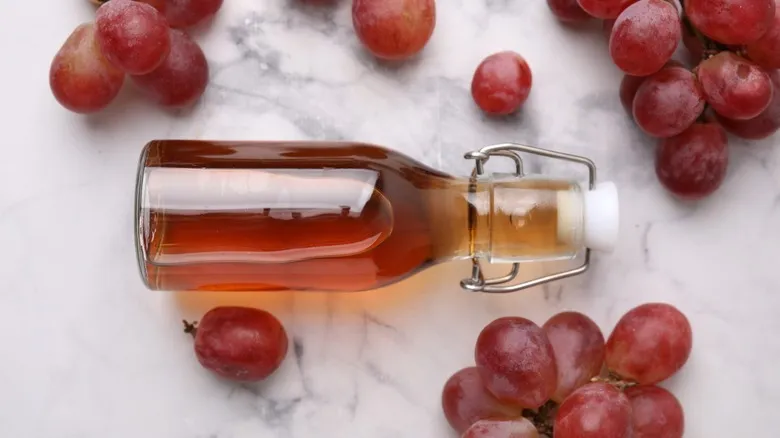
The Best Substitute For Red Wine Vinegar

The Salty Seafood That Actually Works Wonders As A Pizza Topping

Amp Up Your Deviled Eggs With A Sweet And Saucy Ingredient

Mistakes You're Making When Cooking Or Baking With Lemons
Next up

